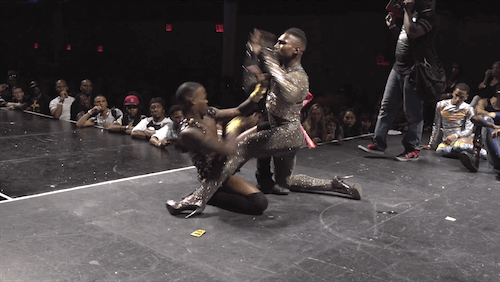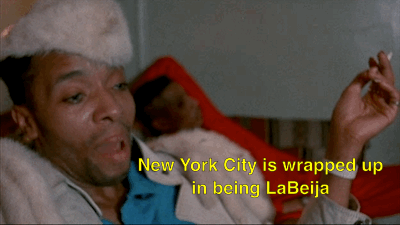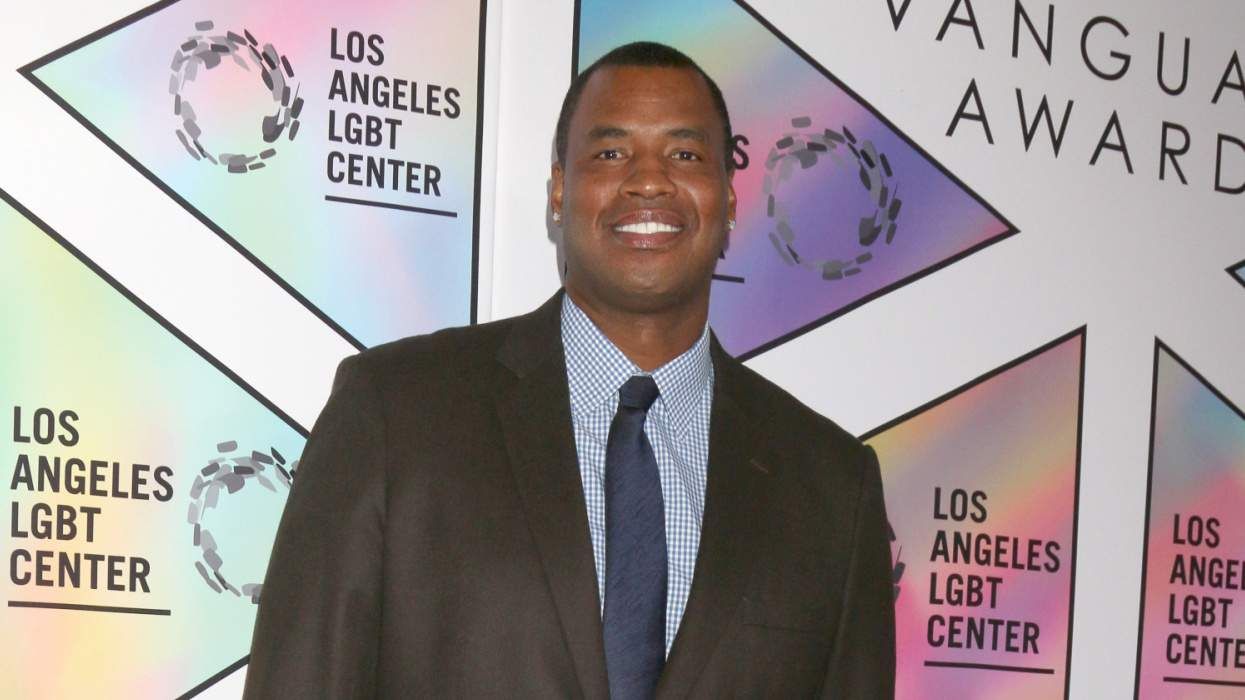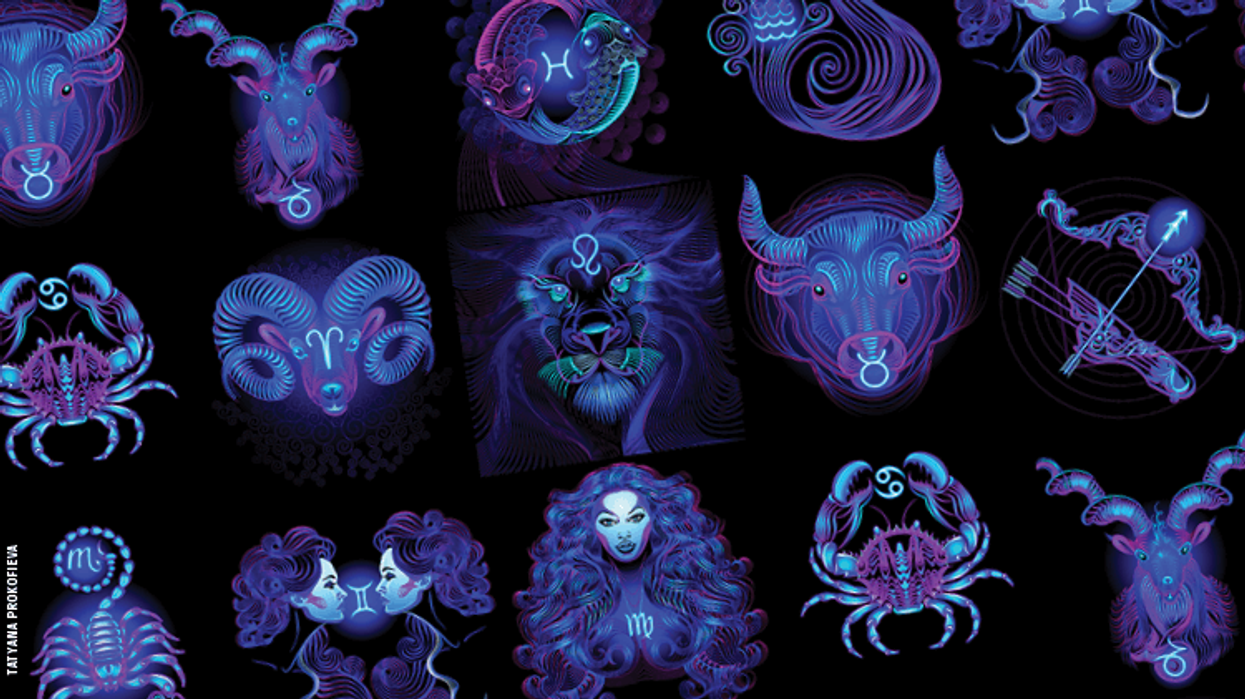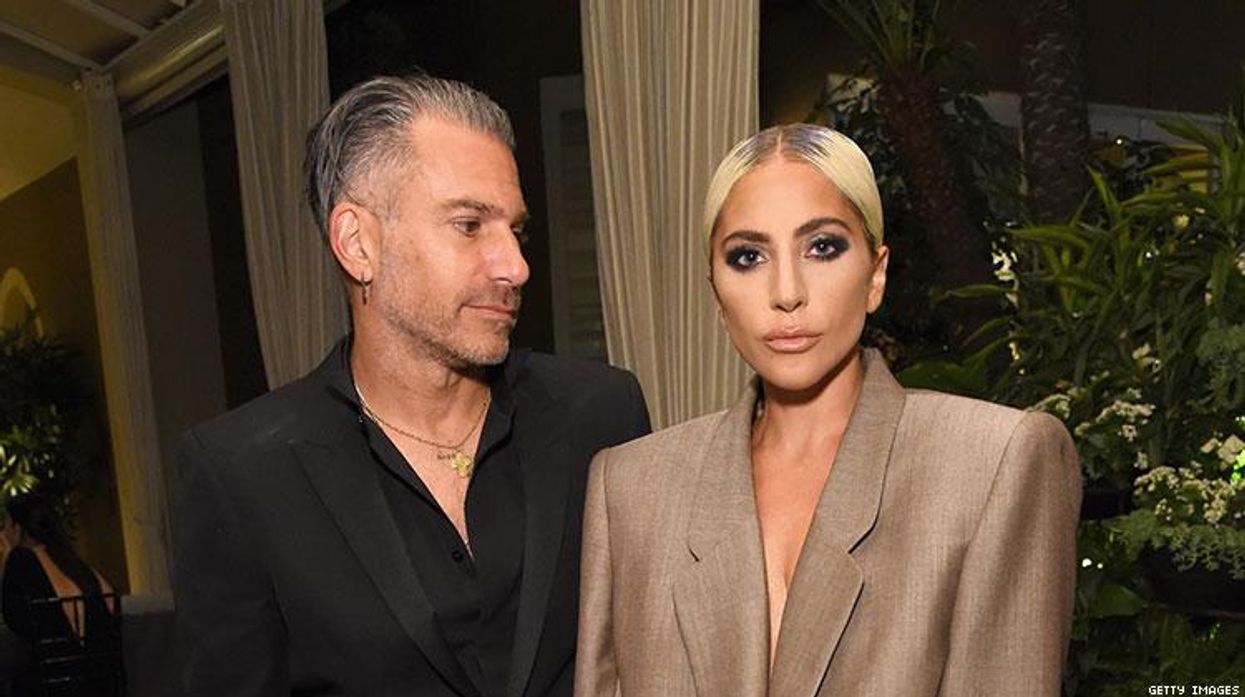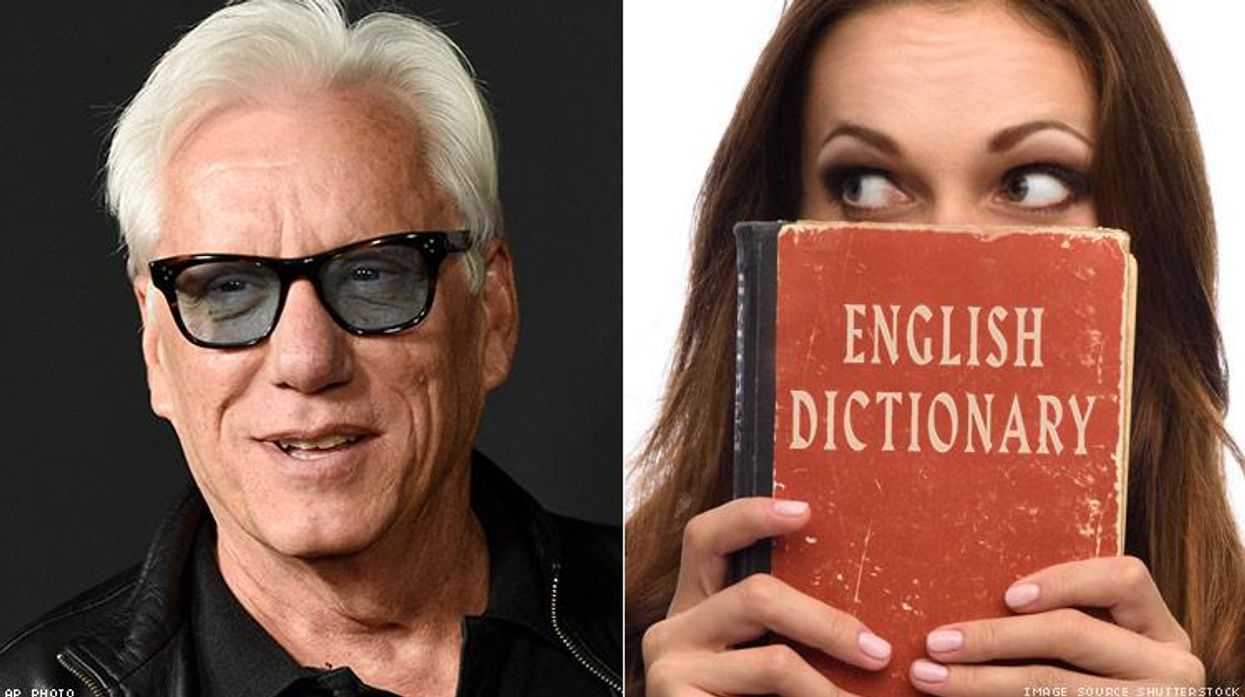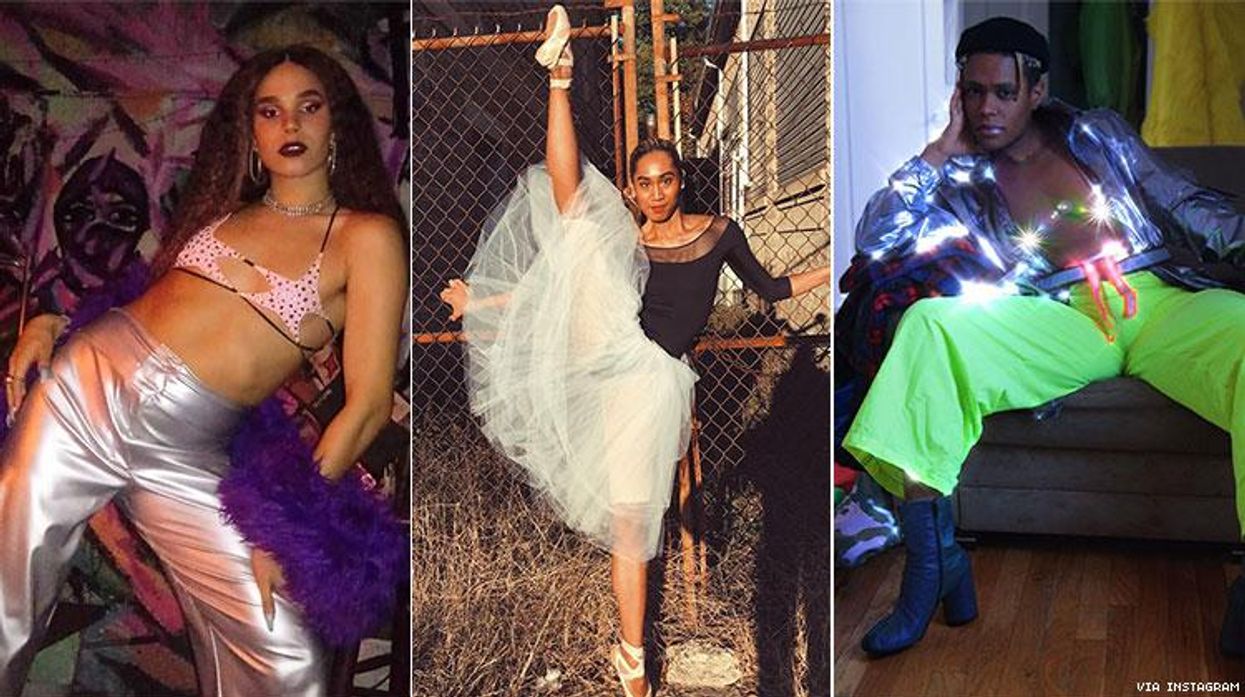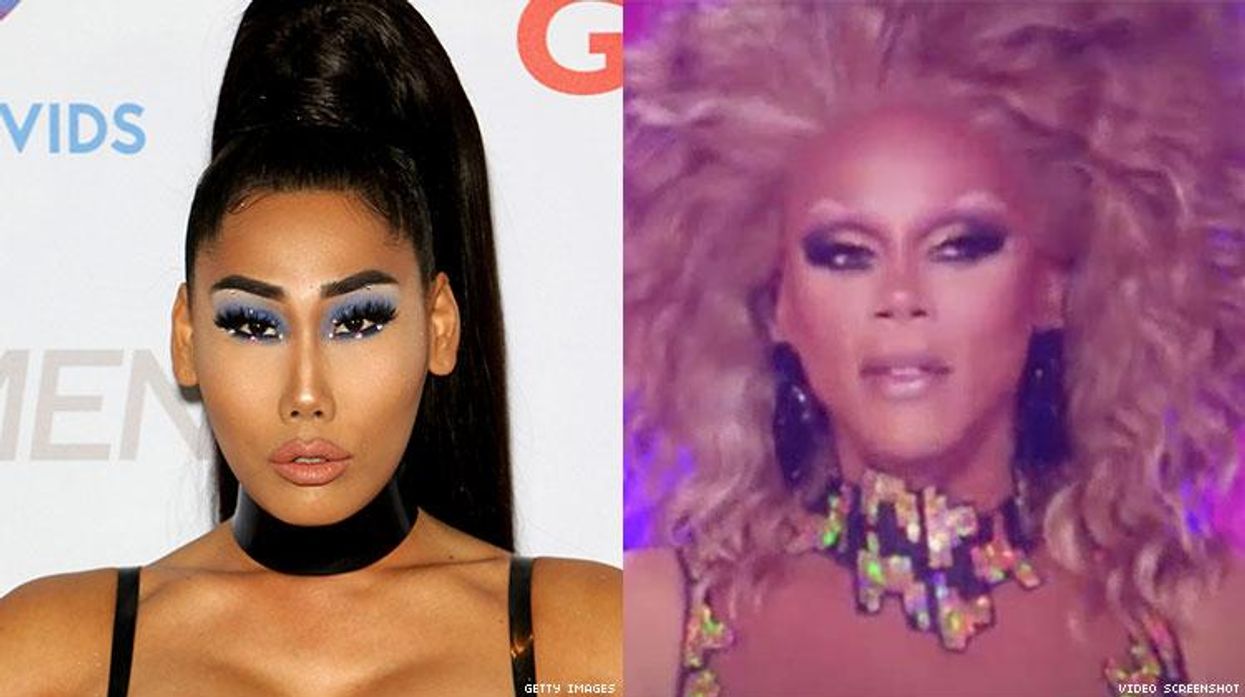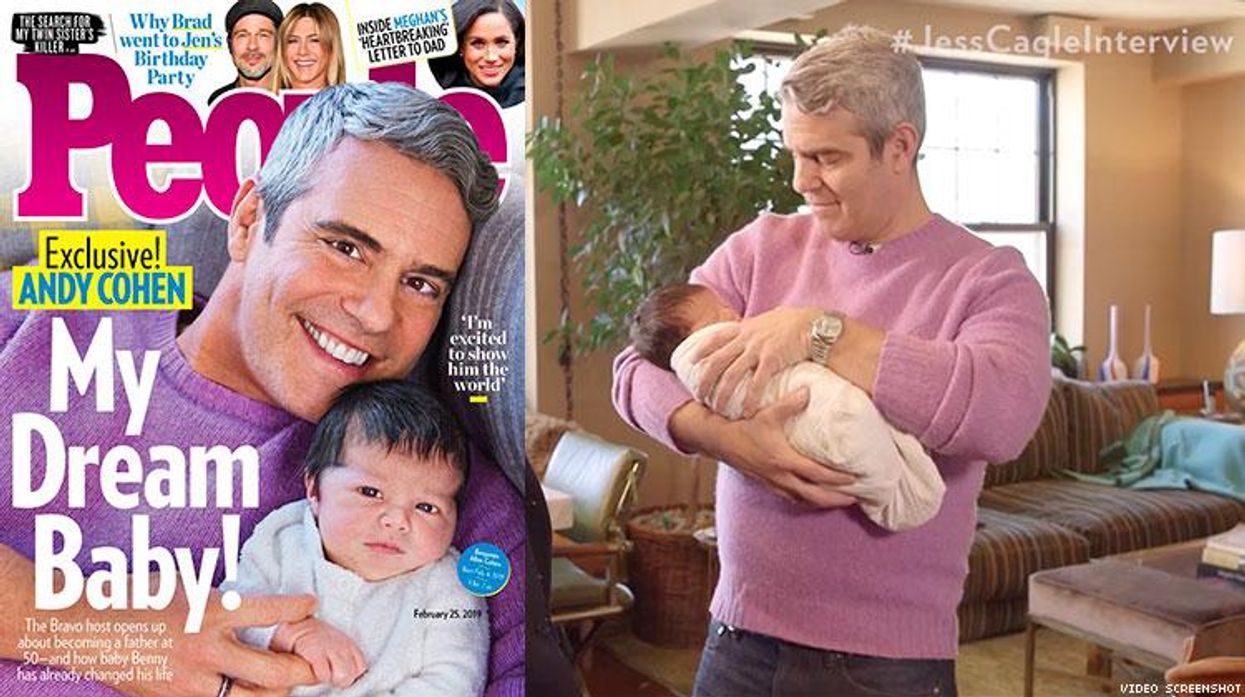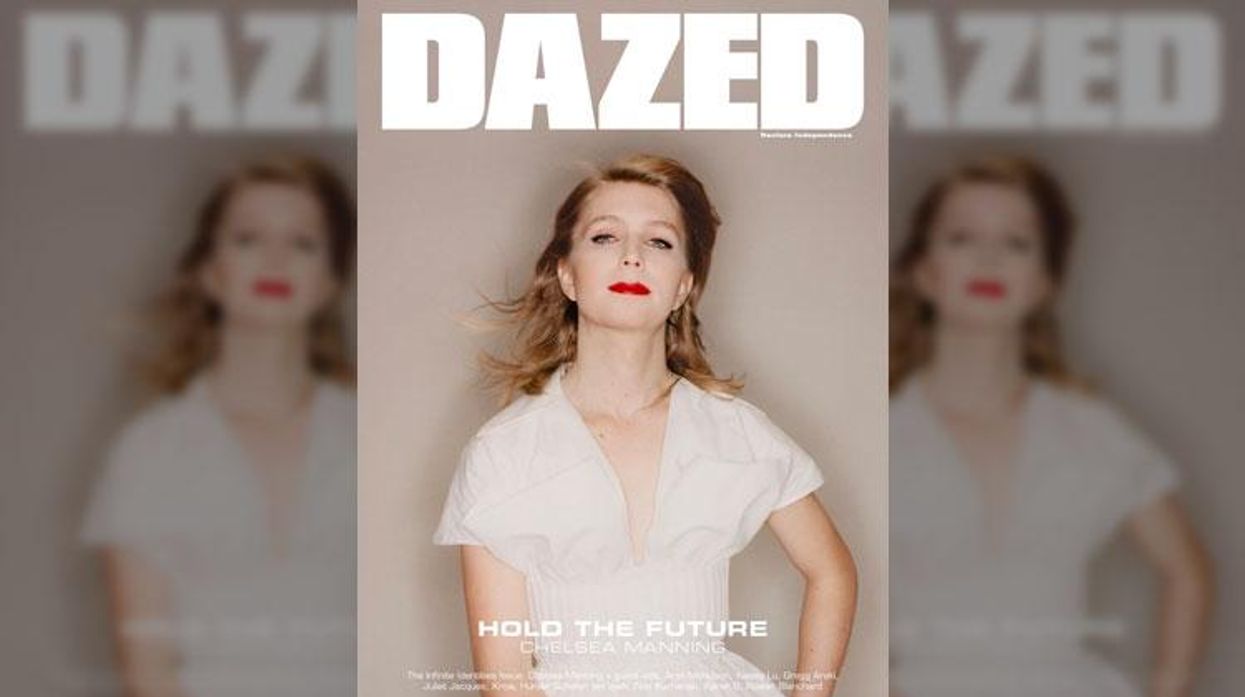"We all, at one time or another, have lusted to walk a ballroom floor."
Over 25 years since the debut of Paris Is Burning, Junior LaBeija's words still ring true. What began as a form of expression and a creative outlet among queer people of color has transcended its roots to find a global audience. Filmmaker Nicolas Jenkins has been documenting New York's ball scene since the '80s and in a new mini-documentary, Walk!, he explores how the scene has changed since the days of Willi Ninja and co.
"No longer limited to members of American urban black and Latino gay communities, it can be found as far away as Russia now," Jenkins told Paper.
Related | These Kids in Russia Are Voguing. The House. DOWN, Hunny!
Modern ball culture as we know it--with houses and categories and voguing--came of age in the 1980s, a product of the drag balls of the 1960s thrown by black queens in Harlem, having been excluded from balls thrown by their white counterparts.
Pulitzer Prize winning author Michael Cunningham recounts the origins of the balls in "The Slap of Love," his excellent essay on one of the scene's formative members, Angie Xtravaganza:
In 1977 an imperious, elegant queen named Crystal LaBeija announced that a ball she'd helped put together was being given by the House of LaBeija, as in House of Chanel or House of Dior. It was a p.r. gimmick, something to add a little more panache and, not incidentally, to increase the luster of Crystal LaBeija.
The concept caught on, and suddenly every ball was being given by a house. Some queens named their house after themselves, like Avis Pendavis' House of Pendavis or Dorian Corey's House of Corey. Others took the names of established designers like Chanel or St. Laurent.
These houses attracted younger queens, who adopted the names of their houses, walking, or competing, for trophies and the general grandeur of the house. The leaders of the houses were known as mothers, as Angie Xtravaganza was the mother of the House of Xtravangza, or how New York City was wrapped up in being LaBeija.
The ballroom scene, particularly voguing, found mainstream success through Paris Is Burning and Madonna's "Vogue" video, but after the media inevitably lost its infatuation, the ball community soldiered on, but lessened by the impact of HIV/AIDS. With this current resurgence of everything '90s, the popularity of RuPaul's Drag Race, and the increased visibility of queer people of color, everyone and their mother is suddenly striking a pose.
"I'm a little worried that with voguing's success in crossing over into the mainstream to communities of the 'non marginalized' that there is a risk the dance may slowly lose some of its connections to its roots," Jenkins admitted. "Historically the ballroom scene included society's most marginalized: minorities within minorities. In a world where they have been rejected, ballroom not only accepted these people for who they were, it celebrated them."
While his is a legitimate concern--Paris Is Burning and its creator Jennie Linvingston, as well as Madonna, are still accused of appropriation to this day--the ball community still provides a safe space for at-risk and marginalized youth.
Related | WATCH: How Voguing Is Saving LGBT Youth in Detroit
Check out the evolution of the NYC ballroom below in Walk!:
Walk! from Nicolas Jenkins on Vimeo.


